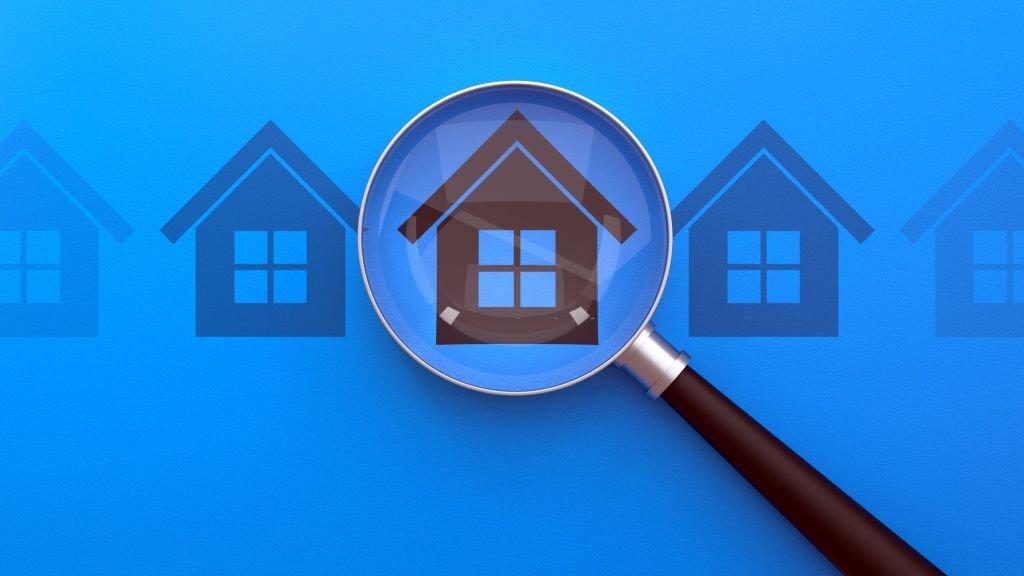Getting ready for a home inspection in Lakeland FL, can feel overwhelming, but it doesn’t have to be. Whether you’re selling your cherished family home or just want to ensure everything is in top shape, understanding what inspectors look for and how to prepare can make a world of difference. Let’s walk through everything you need to know to get your home inspection-ready and understand what those findings really mean for your property.
Why Home Inspections Matter
Think of a home inspection as a comprehensive health checkup for your house. Just like how doctors examine various aspects of your health, inspectors thoroughly evaluate different components of your home. They’re not there to fail or pass your home – their job is to provide an unbiased assessment of its condition, helping you make informed decisions about repairs, maintenance, or potential purchases.
Getting Your Home Ready: The Basics
Clear Access is Key
Do you know that storage area under your stairs that’s packed with holiday decorations? Or that electrical panel hidden behind your favorite family photo? Now’s the time to clear them out. Inspectors need easy access to all areas of your home, including:
- Electrical panels
- HVAC systems
- Water heaters
- Attic spaces
- Crawl spaces
- All windows and doors
Pro tip: Make sure there’s at least 3-4 feet of clearance around these areas. You’d be surprised how often inspection delays because of blocked access points.
Documentation Matters
Remember when you had that new roof installed or updated your electrical system? Gather all documentation of repairs, maintenance, and warranties. This information helps inspectors understand your home’s history and can explain certain findings they might encounter.
Key Areas of Focus
The Foundation and Structural Elements
In Lakeland’s unique climate, foundation issues can be particularly concerning. Look for:
- Cracks in walls or floors
- Doors that stick or don’t close properly
- Uneven floors
- Gaps between walls and floors or ceilings
Understanding the implications: Small hairline cracks might be cosmetic, but larger cracks or shifting could indicate serious structural issues that might need immediate attention.
Roof and Exterior
Florida’s intense sun and frequent storms can be tough on roofs. Before inspection:
- Clean gutters and downspouts
- Remove debris from the roof
- Trim trees away from the house
- Check for obvious damage or missing shingles
Understanding the implications: A roof replacement can cost anywhere from $8,000 to $20,000 or more. Minor issues caught early can prevent major expenses later.
Plumbing Systems
Water damage is a common issue in Florida homes. Check for:
- Leaks under sinks
- Dripping faucets
- Running toilets
- Water pressure issues
- Signs of water damage on ceilings or walls
Understanding the implications: While a dripping faucet might seem minor, it could indicate larger plumbing issues. Water damage can lead to mold growth, which is particularly concerning in Florida’s humid climate.
HVAC System
Your air conditioning system works overtime in Lakeland’s heat. Ensure:
- Clean or replace air filters
- Clear debris around outdoor units
- Check for unusual noises or odors
- Verify proper temperature control
Understanding the implications: HVAC issues can range from simple filter replacements to complete system overhauls. Regular maintenance can extend system life and prevent costly repairs.
Electrical Systems
Safety first! Look for:
- Working outlets and switches
- Properly functioning GFCI outlets in wet areas
- No exposed wiring
- Updated electrical panel
Understanding the implications: Electrical issues can pose serious safety risks and might require immediate attention. Many insurance companies require updated electrical systems for coverage.
Common Inspection Findings in Lakeland Homes
Moisture-Related Issues
Our humid climate makes homes particularly susceptible to moisture problems. Common findings include:
- Mold growth in attics or crawl spaces
- Condensation on windows or pipes
- Musty odors
- Water stains on ceilings or walls
Understanding the implications: Moisture issues can affect both your home’s structure and your family’s health. Early detection and correction can prevent more serious problems.
Insulation and Ventilation
Proper insulation and ventilation are crucial in our climate:
- Check attic insulation levels
- Ensure proper ventilation in attics and crawl spaces
- Look for gaps around windows and doors
- Verify bathroom and kitchen exhaust fans work properly
Understanding the implications: Poor insulation or ventilation can lead to higher energy bills and potential moisture problems.
After the Inspection
Prioritizing Repairs
Not all inspection findings require immediate attention. Consider:
- Safety issues (electrical, structural, gas)
- Moisture and water damage
- Major systems (HVAC, plumbing, roofing)
- Minor repairs and cosmetic issues
Understanding the implications: Focus on safety-related and major system issues first. Some minor issues might be negotiable in a sale situation.
Long-term Maintenance
Use the inspection report as a maintenance guide:
- Create a timeline for addressing issues
- Start a maintenance fund
- Schedule regular check-ups for major systems
- Keep detailed records of repairs and improvements
Final Thoughts
Remember, no home is perfect, and inspectors don’t expect perfection. Their goal is to provide a clear picture of your home’s condition. By preparing properly and understanding the implications of various findings, you can make the inspection process smoother and more productive. Use the inspection as an opportunity to learn about your home and plan for its future care.
Taking care of these items before an inspection can save time, money, and stress in the long run. Whether you’re selling, buying, or just maintaining your home, a thorough inspection provides valuable insights into your property’s condition and helps you make informed decisions about its care and maintenance.
